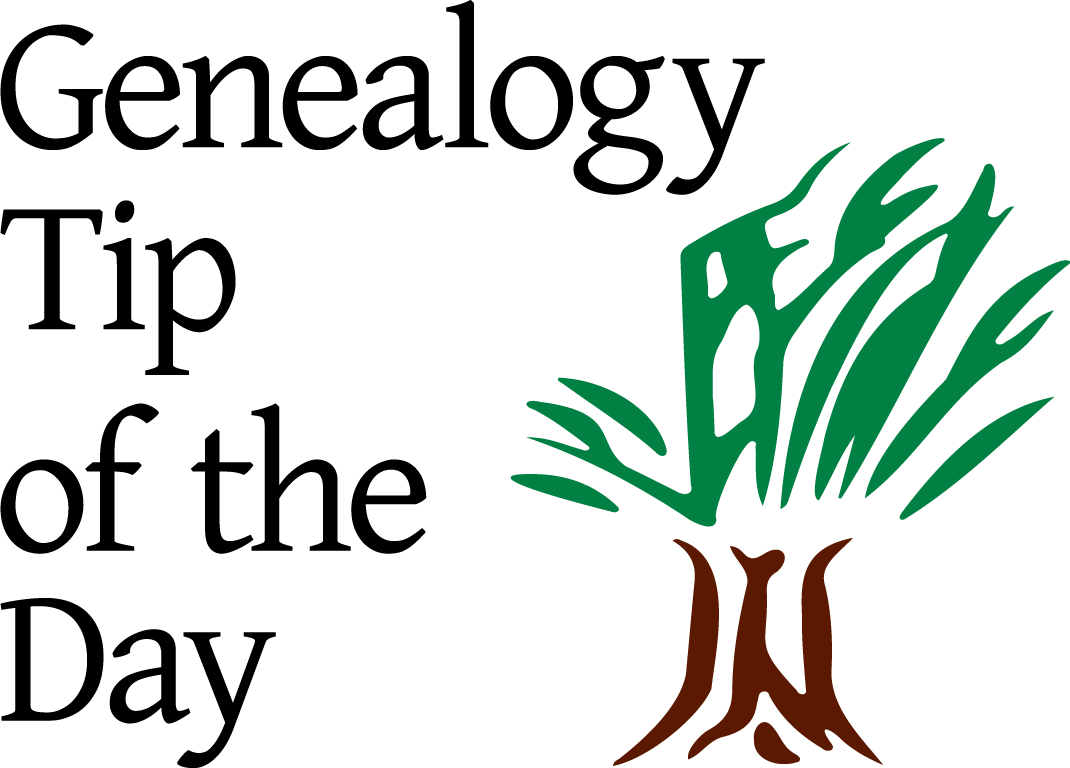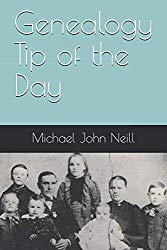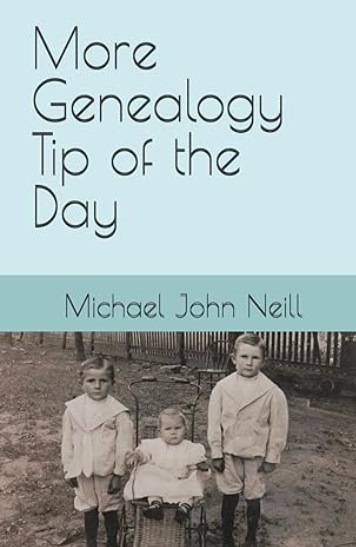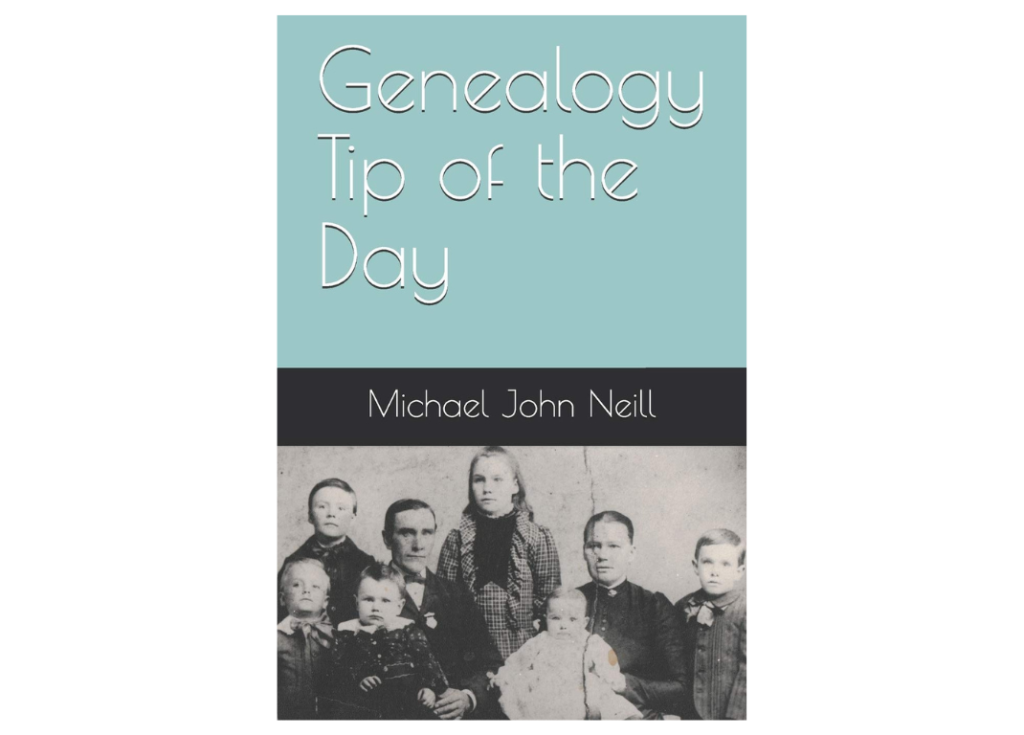When using a record or source that is new to you, here are some things to think about to make the best use of it: There are other questions to ask about the record as you analyze the information it contains, but the answers to these questions will hopefully make your search easier. Download our Charts Webinar or our Full-Text Searching at FamilySearch Webinar.
I doubt if my second great-grandmother or her brother ever met their step-mother or the child she had with their father. Great-great-grandma and her brother were born in Germany in the 1840s and immigrated to the United States in the 1860s. In the 1870s, their father–who remained behind in Germany–married again and had a daughter. He died in the late 1870s and his widow and young daughter immigrated to America. The widow settled near her sons by a previous marriage and over a hundred miles from where the step-children she had never met lived. It’s unlikely they ever met and I’m doubtful they ever had any sort of relationship given the distance. The family of the brother and sister never knew what happened to their step-mother or their […]
Never change the order of any names in a document. Children could (but not necessarily) be listed in order of age in a will. If an older child is listed last in a census enumeration it may mean that they weren’t really living there or had moved back home (or it could just be an “error” on the part of the census taker). In a pre-1880 US census (with no relationships stated), those out-of-age-order children maybe married children and their spouses or other relatives. Heirs may be listed in order of age on a quit claim deed (or they may not). The order may be a clue, but try and use other documentation to back up any conclusions you make about the order. And remember that order, sometimes […]
Towns get renamed. Street names change. Some roads are moved. Some roads are closed entirely. Occasionally even rivers change their course. County lines get moved. Some geographic or physical political features that we think have always been a certain way have not. Use contemporary maps where possible. Determine if features or “landmarks” were always where they are now. Some location names may fade away over time–particularly if a location was known for a family that has moved from the area. My Grandma was born on what was known locally as the “Habben Corner” in 1924. I’ve even seen an occasional newspaper reference to the area by that name. Today that name has faded from use. Download our Charts Webinar or our Full-Text Searching at FamilySearch Webinar.
Don’t let the fact that your genealogy isn’t “done” and isn’t “perfect” prevent you from publishing your compilation. Cite every source you have used, transcribe the documents accurately, report what they say (not what you wish they’d say), omit conjecture that has no basis, and summarize what you have found. No genealogy will ever be complete and there’s always the chance you miss something. Make certain you have used all sources that are available, not just the ones that are easy to access and not just the ones that are the easiest to understand. Realizing that it won’t be done and that it won’t be perfect doesn’t mean that you skim the surface of what is available and that you do a sloppy job. It’s just that perfection […]
This is not a tip about dating advice. It’s a reminder that in some locations and time periods, there simply are no records of specific dates of vital events. This can often be the case with births and deaths even when marriage records are available. While a marriage is considered a “vital event” by many, it technically is a contract between the two individuals getting married. For that reason, there may be records of marriages when birth and death records are not extant. The American South before the Civil War is one location and time period where it can be difficult to obtain precise dates of birth and death. The best that can be done is to have an estimate of when the person was born and when […]
If you are adding idenfitication information to a digital image of an old photograph, indicate also how you came to obtain that identification. Was it written on the reverse? Did you recognize the handwriting? Did a relative tell you who was on the photograph? Did someone you interacted with online tell you? Did you find another image of the photograph online that was identified (be sure to cite that)? Do you have other photos with the person and based on those images, you identified who was in the photograph? Did you make the identification due to your own personal knowledge? Identification is great, but a name without any idea how the identification was made can be problematic. Download our Charts Webinar or our Full-Text Searching at FamilySearch Webinar.
Genealogists with ancestors who immigrated from certain parts of Europe are used to dealing with boundaries that were somewhat fluid. It is important to remember that changing boundaries after your ancestor left a region can result in varying places of births given in later records. The place of birth for my ancestor Anke Hinrichs Fecht was either Hanover, Prussia, or Germany-depending upon when she was asked. She was not the only person whose “country” of origin changed during her lifetime. Even an ancestor who indicated in 1860 that they were born in Virginia might have actually been born in what is now West Virginia. Download our Charts Webinar or our Full-Text Searching at FamilySearch Webinar.
I realize county boundary changes can create genealogical research challenges, but there are times when it seems like some individuals think those changes are the solution to every research problem. It’s not. Just because an approach works sometimes or because you heard a professional use it a few times does not mean that the approach works all the time. An individual was having difficulty locating the birth certificate of their ancestor in a rural Illinois county in 1902. The first two responses to their question were: “did the county boundary change?” It is important to be aware of county boundary changes. There is no doubt about that, but context matters. By 1902 in most US states east of the Mississippi River (and quite a few others to be […]
From a while back, but I’m still not using that date. An online tree indicates that an aunt of mine was married in Cincinnati, Hamilton County, Ohio, in 1869. The only source that tree has for this date are two other online trees. There is no additional information to indicate how the information was obtained–no minister or justice of the peace name, no church, address, etc. A search of extant Hamilton County marriage records did not locate the marriage. The only way I know that my aunt married is because her husband’s name is listed when she inherits from her brother’s estate a few years later. That estate record is my evidence for the marriage and I’m using the date they are mentioned in the court record as […]
If your relative’s “place of birth” is incorrect in a document, consider if anyone in the record creation process (either your relative or the clerk) confused: It’s possible that your relative giving the information confused some of these pieces of information. It is possible the clerk got confused with the information your relative provided. Always transcribe a document exactly as written, but if things don’t make sense or are inconsistent, consider that inadvertent confusion could have taken place. And…that information that’s wrong, could be a clue as the incorrect location could have significance in your ancestor’s life, even if it is “wrong” for the question it answered. Download our Charts Webinar or our Full-Text Searching at FamilySearch Webinar.
Really getting into these things takes some time, but here are some general things to remember when you are “stuck:”
We’ve set dates for my May 2026 trip to the Midwest Genealogy Center in Independence, Missouri. Details on our announcement page.
This site on the University of Missouri Library website has a significant collection of links for price and wages information in the United States from 1780 to the present. Join our methodology class!
If you find a relative in a court record, do you know how to search for transcripts of testimony, petitions of plaintiff, responses of defendant, and other original court documents? Entries in journals and ledgers may only be part of the record and are a great place to start, but there may be more. The difficulty is that in some cases these records were never kept in the first place or they are no longer extant. But it is worth your while to find out. The local courthouse that houses the court record you’ve found is the first place to look. Local historical/genealogical societies may be able to give some guidance in addition to locals familiar with the records. Older records may have been transferred to the appropriate […]









Recent Comments